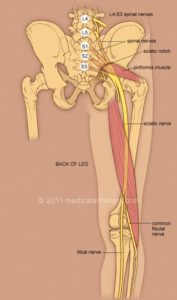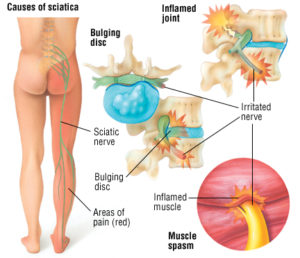One of the top medical journals – The Annals of Internal Medicine, has published a paper updating the guidelines for the treatment of low back pain. The paper is titled ‘Non invasive treatments for acute, subacute and chronic low back pain: A clinical practice guideline from the American College of Physicians” February 2017. The authors of the guidelines looked at studies of non-invasive (IE not surgical) interventions for treating acute, subacute and chronic low back pain.
It should be noted that acute pain lasts less than 4 weeks, subacute lasting between 4-12 weeks and chronic being pain lasting longer than 12 weeks.
The authors concluded that the following can help as a first line treatment (before taking medications) for acute/subacute low back pain:
- Heat
- Spinal manipulation
- Massage
- Acupuncture
Medication should only be considered if there has been no improvement. Patients should discuss the possibility of taking ibuprofen or muscle relaxants with their health care professional.
For chronic low back pain (lasting more than 12 weeks), the authors concluded that the following can help as a first line treatment:
- Exercise
- Rehabilitation
- Spinal manipulation
- Acupuncture
- Mindfulness based stress reduction – meditation
At Mona Vale Chiropractic Centre, we can use the above recommended techniques to assist and help relieve low back pain. Also, if you are not keen on having spinal manipulation, there are many other techniques that we can use to get the results you are after.
Click on the link to read the full article: http://annals.org/aim/article/2603228/noninvasive-treatments-acute-subacute-chronic-low-back-pain-clinical-practice
Mitchell Roberts – Chiropractor


